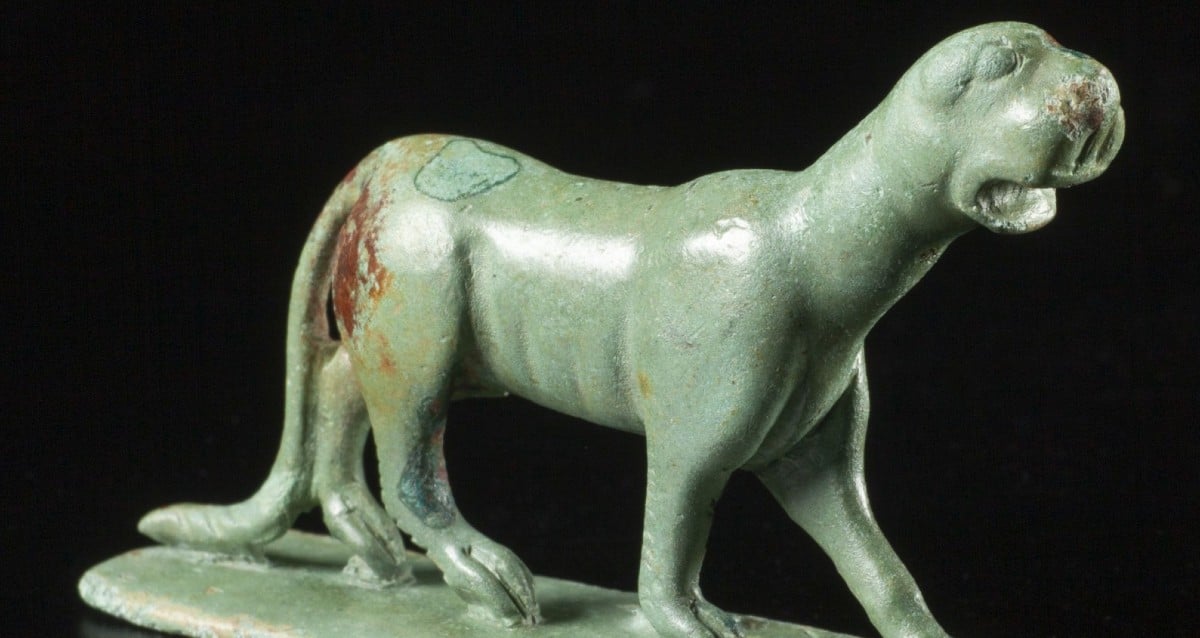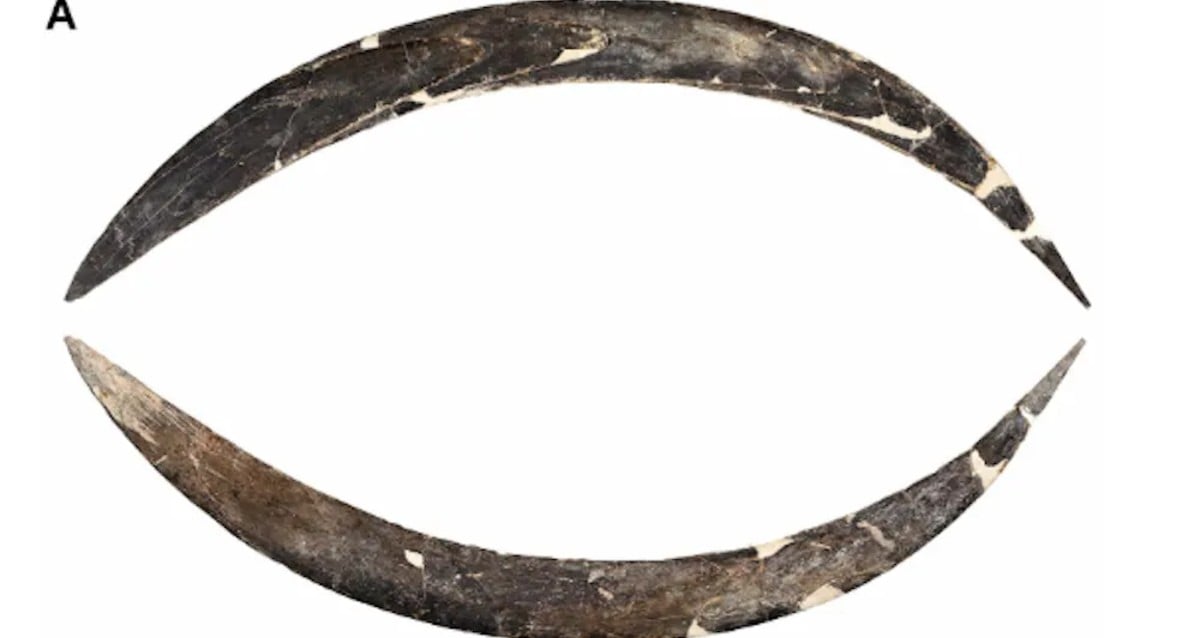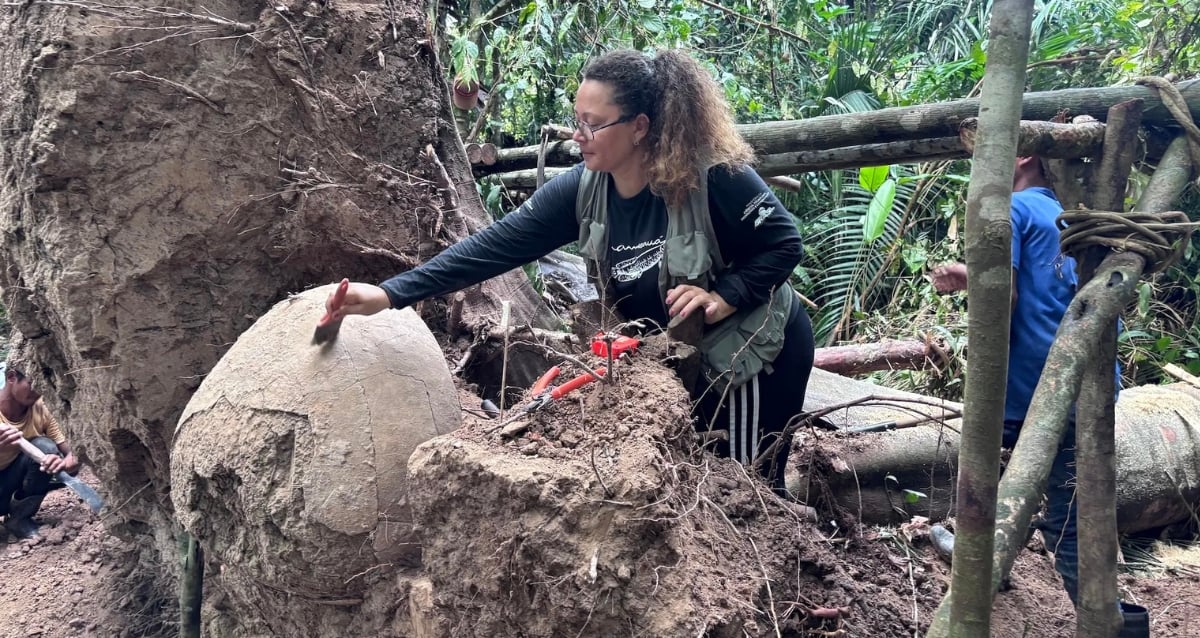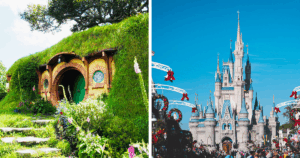Hidden Beneath Swiss Construction Site, Ancient Roman Treasures Emerge, Revealing Forgotten Civilization Secrets
The Dramatic Rise And Fall Of Augusta Raurica
According to the Augusta Raurica museum, the colony was first constructed around 15 B.C.E, and grew rapidly over the next 200 years. Advantageously located on the Rhine River, and along the west-east route from Gaul to the Danube River and the Raetia province, the population of Augusta Raurica soon swelled to 15,000 inhabitants.
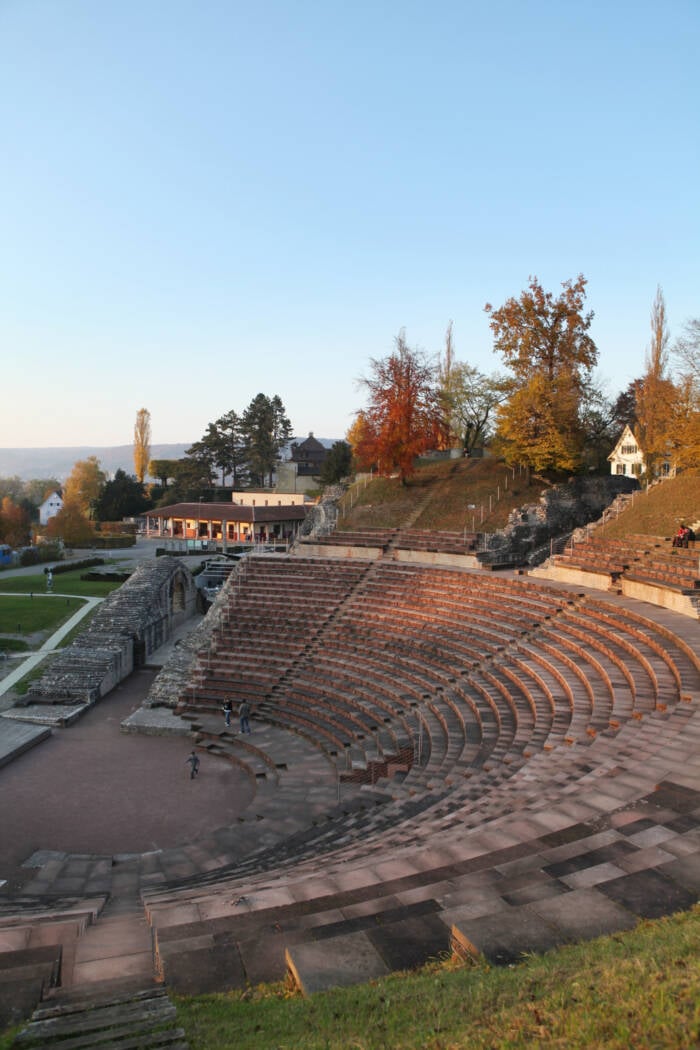
Augusta Raurica MuseumThe amphitheater at Augusta Raurica is one of the settlement’s most well-preserved sites.
Like other prosperous Roman settlements of its day, Augusta Raurica once had temples, a forum, public paths, roads, and an amphitheater. Augusta Raurica also had the largest Roman theater north of the Alps, which could seat between 8,000 to 10,000 spectators.
But like other Roman settlements, Augusta Raurica soon fell on hard times. War, epidemics, and crop failures led to the slow abandonment of the town, and by 300 C.E. many people had moved closer to a large fort on the Rhine. Roman troops left the settlement a century later, around the time Rome fell. Though Augusta Raurica remained an important administrative center and market town, it declined as nearby Basel began to flourish in the seventh century.
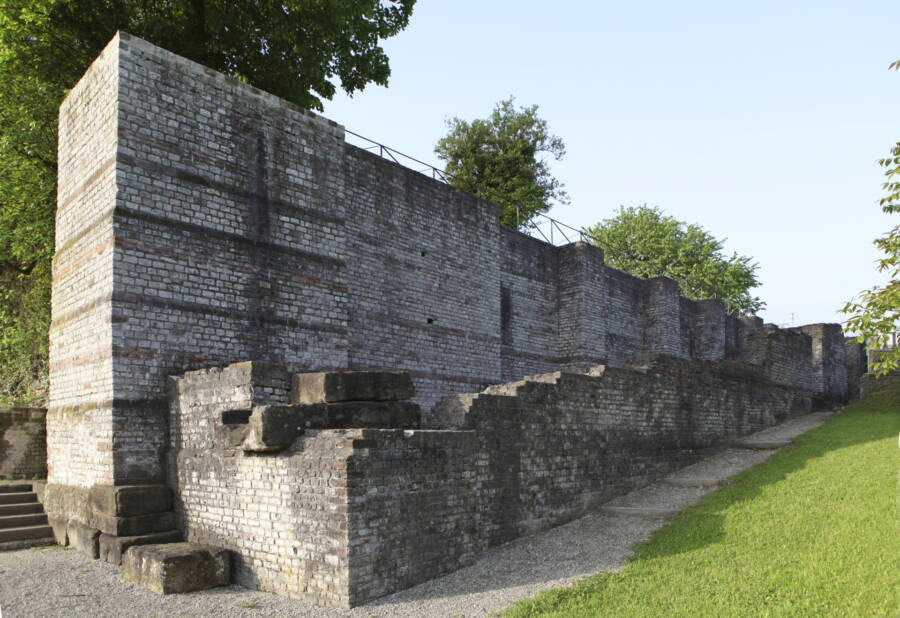
Susanne SchenkerThe ruins of the Augusta Raurica basilica.
Augusta Raurica then became a small fishing village. Today, it’s an excavation site, research center, and museum — and a rich source of Roman artifacts. Archaeologists have benefited from the wealth of artifacts at the former settlement, and they even know the names of some of its inhabitants thanks to “tombstones and votive altars or from dedications on buildings.”
